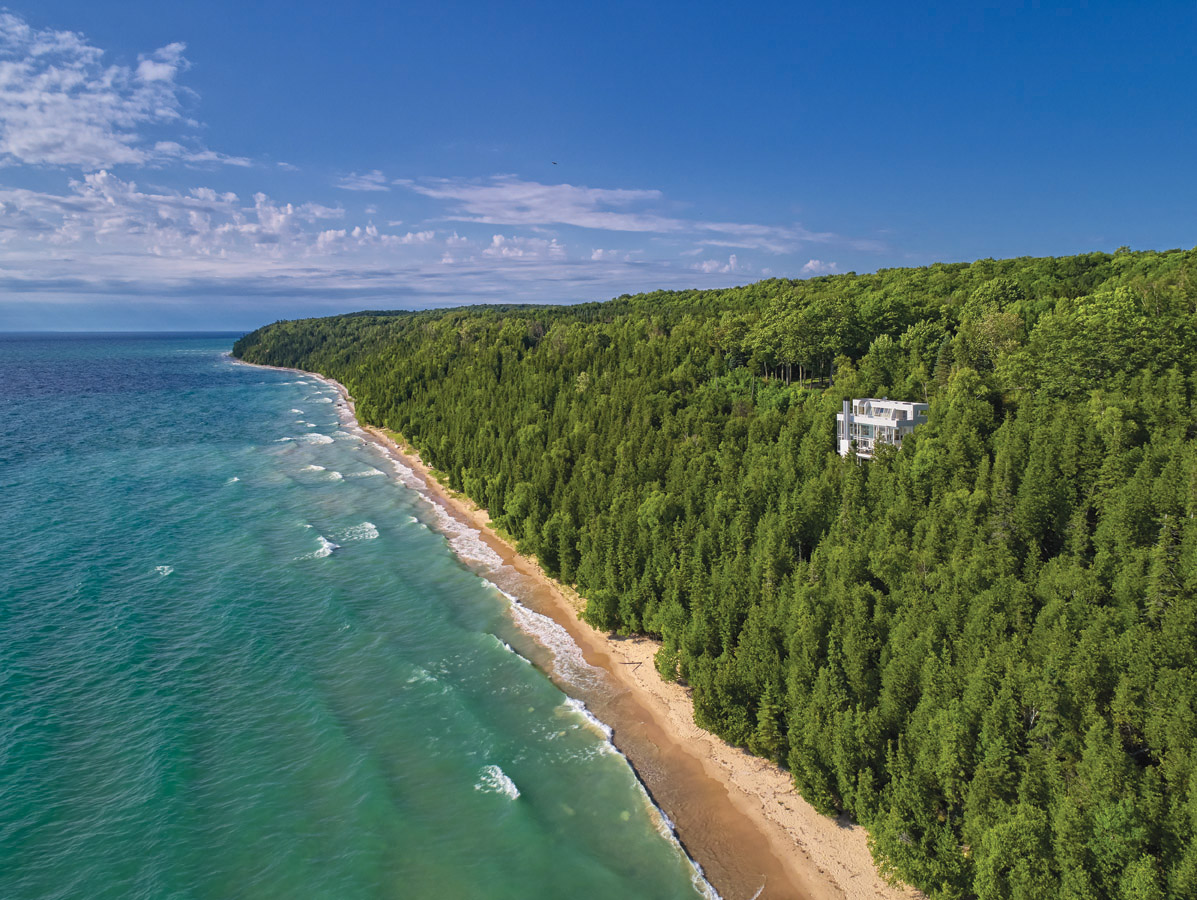Perhaps no artist symbolizes the 19th-century transition from traditional to avant-garde as much as Edouard Manet.
And The Birth of Impressionism, now on exhibit at the Frist Center for the Visual Arts in Nashville, makes a strong case for his role in paving the way for the revolutionary work of Monet, Renoir, Degas, Cezanne and others.
It seems that while he stood soundly within the accepted salons of Paris in the 1860s and ‘70s, he was whispering quietly in the ears of those who marched to a different drum.
The exhibit, which runs through January 23, features 100 paintings from the Impressionists, including 15 by Manet alone. His work in the show ranges from early formalist paintings accepted by the academics to later, Impressionist-influenced work.
“He declined to show with the Impressionists because they were associated with radical change,” said Mark Scala, chief curator of the exhibit. “He wanted to be accepted by the conservative establishment – because of how the critics might respond, and for more sales – but still, he talked with the Impressionists and guided them.”
The intent of the show is to help render a deeper appreciation and understanding of the fertile grounds in Paris from which Impressionism sprang. “It was not a singular moment,” Mark said. “There were artistic crosscurrents between Manet’s salon and the avant-garde. The idea that there were formal boundaries have been put to rest by this exhibition.”
Manet’s early work in the show is controlled, with a narrow tonal range that would be accepted by the salon. His later paintings, influenced by the newer, more radical artists he encouraged, work with a lighter palette and more vigorous brushstrokes.
The idea in the popular imagination is that there was an abrupt break from the academics to the Impressionists,” Mark said. “But all these things were going on concurrently. They seem worlds apart, but if you put Manet in between them, you can see the spectrum.”
Manet is, in fact, the pivotal link within this very fine exhibit, which will return in January to the Musee d’Orsay in Paris.
See it before it leaves.
For more on The Birth of Impressionism, go to http://www.fristcenter.org
[slideshow id=258]


